14 Creative Ways to Maximize Your Small Space for Indoor Gardening
Indoor gardening is a great way to bring nature into your home, even when space is limited. With a little creativity, you can maximize every inch of your space to grow plants that brighten up your environment. Whether you have a tiny apartment or just a small room to work with, there are numerous clever solutions to meet your gardening needs. From vertical gardens to space-saving containers, the possibilities are endless. This article covers a range of indoor gardening hacks to help you make the most of your small space. You will discover simple, budget-friendly ideas that can transform your indoor environment. Let’s dive into some easy ways to bring the outdoors in, no matter how small your space is.
This post may contain affiliate links, which helps keep this content free. Please read our disclosure for more info.
Hanging Planters
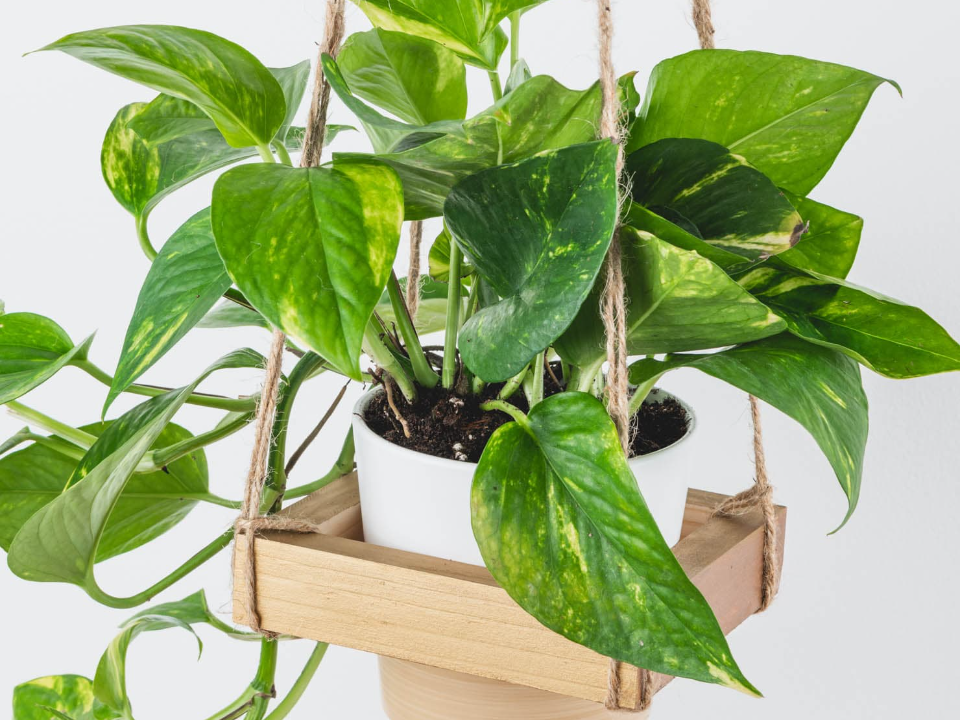
Hanging planters are a great way to save space in small indoor gardens. You can hang them from the ceiling or on walls to keep plants off the ground, making the most of vertical space. These planters can hold a variety of plants such as herbs, flowers, or even small vegetables. They can be purchased in different materials like fabric, plastic, or ceramic, offering flexibility for different home decors.
They are easy to install and can be placed in windows or corners where floor space is limited. If you’re looking for a solution to add greenery without taking up valuable real estate, hanging planters are an ideal choice. The plants can receive plenty of light, and the planters themselves add a decorative touch to any room. Additionally, they provide an excellent way to grow herbs in your kitchen for quick access.
Vertical Garden Walls
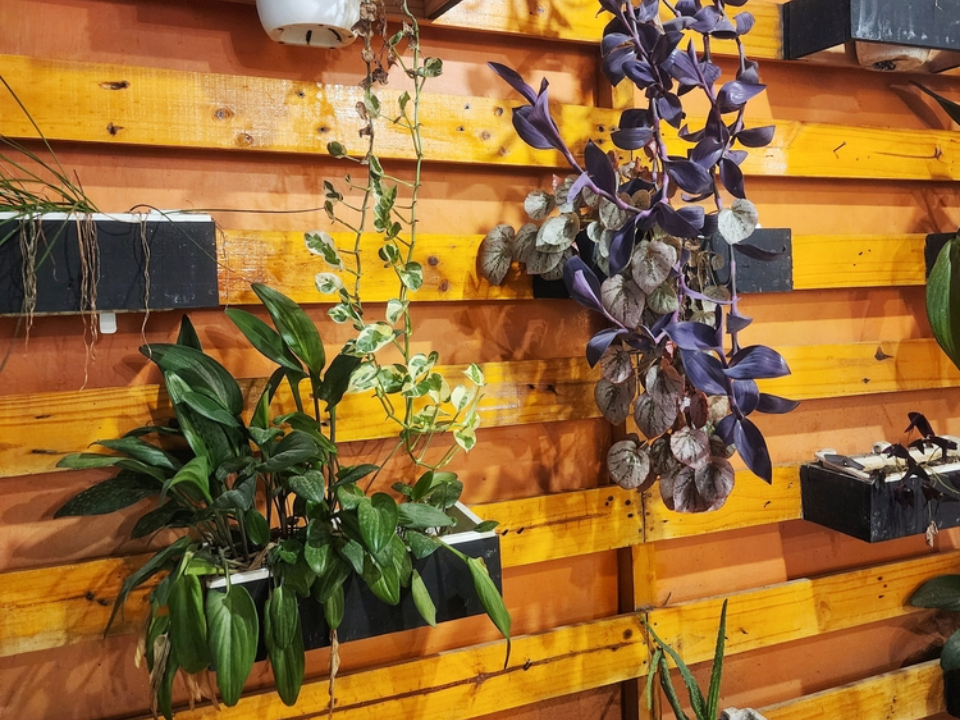
Vertical garden walls are an excellent way to utilize wall space in a small apartment or room. These walls can be installed as a living installation, with shelves or trellises supporting multiple pots. A vertical garden allows you to grow a variety of plants in layers, making use of every inch from floor to ceiling. It works well with climbing plants like ivy or vegetables that need a little more space to spread out.
You can create your own vertical garden with a few wooden boards, or you can purchase ready-made structures. These walls work particularly well for small apartments, where floor space is scarce. It is a versatile option since it can be customized to your space and plant needs. Not only does it save space, but it also turns a plain wall into a vibrant focal point.
Compact Raised Beds

Raised beds do not need to take up a lot of room to be effective. A small, compact raised bed can be built using wood or metal and placed indoors. These beds allow you to grow a wide range of plants, from flowers to vegetables, while keeping the roots contained and the plants elevated. The raised position makes it easier to tend to the plants, as it reduces the need to bend over.
These beds can be placed near windows or in rooms that receive adequate sunlight. You can line the beds with materials that help with drainage to prevent overwatering. Compact raised beds work well for growing shallow-rooted plants such as lettuce, spinach, and herbs. They are simple to maintain and make it easier to control the soil quality.
Window Sill Herb Gardens
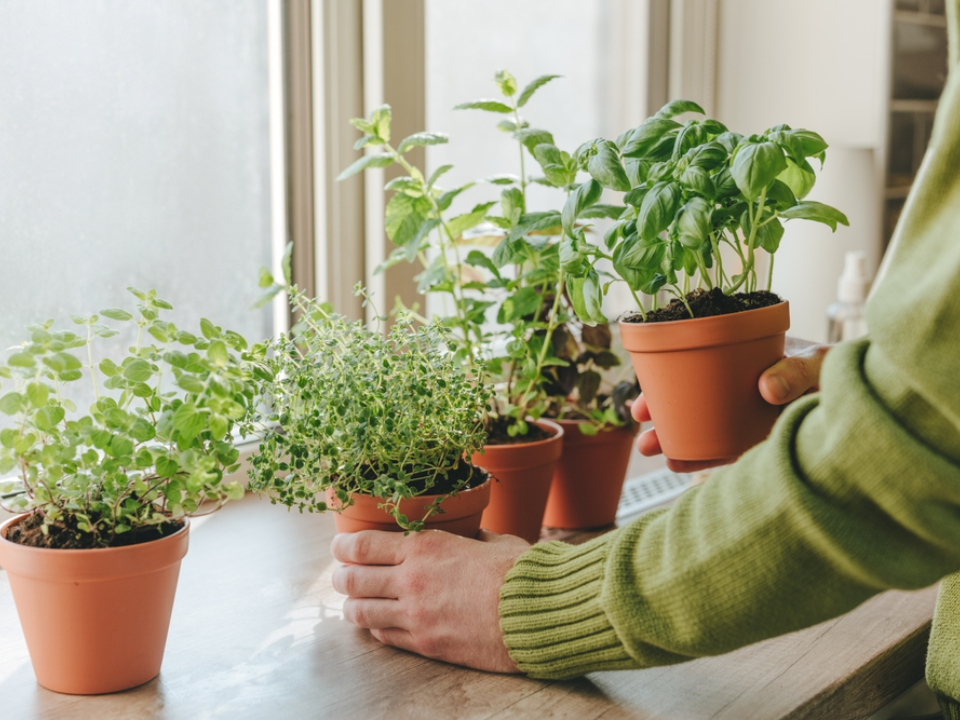
Window sills are often overlooked when it comes to indoor gardening, but they are perfect for growing herbs. The sunny spot by the window provides ample light, and the shallow space is ideal for small pots. You can grow everything from basil to thyme, mint, and parsley, giving you fresh herbs right at your fingertips.
The window sill can accommodate multiple small pots, making it easy to rotate your plants for better light exposure. Herb gardens are not only functional but also provide fragrance and beauty. This method of gardening makes use of space that would otherwise remain unused, turning it into a productive area. A window sill herb garden is one of the easiest and most accessible ways to grow plants indoors.
Tiered Plant Stands
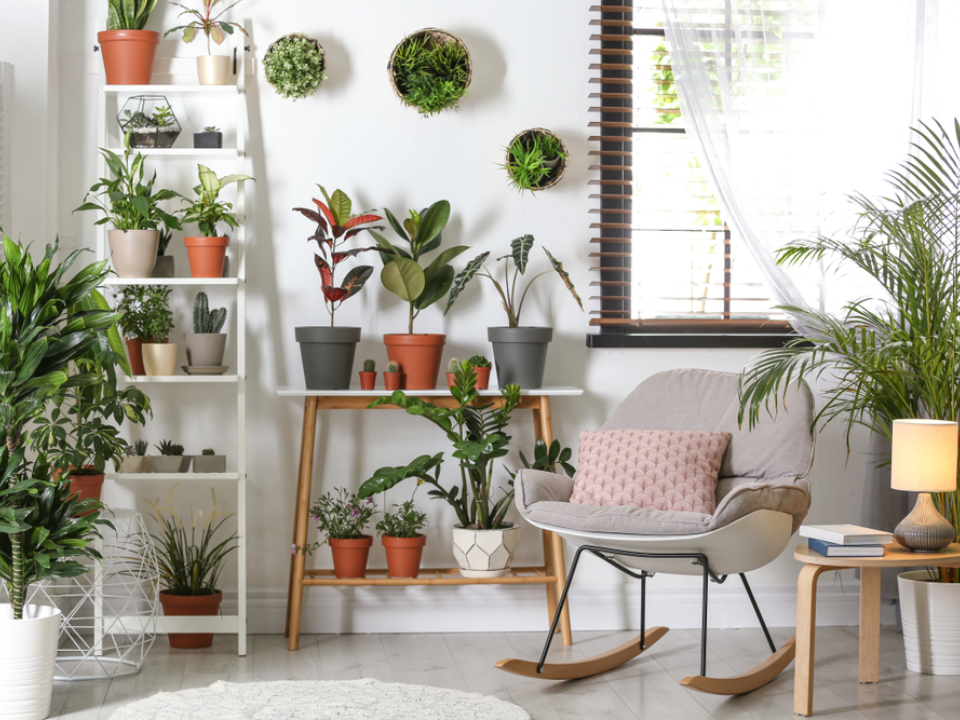
Tiered plant stands allow you to display multiple plants in a compact area, stacking them vertically. These stands come in different designs, from simple shelving units to more decorative ones that can hold several plant pots. They can be placed in any room with adequate light, such as the living room, kitchen, or even the bathroom.
By using a tiered stand, you can maximize space without overwhelming the area. This method works well for a variety of plants, from small potted flowers to larger foliage. The vertical stacking of plants keeps them organized and accessible while saving precious floor space. A tiered plant stand also adds a touch of greenery to your interior design without taking up much room.
Repurposed Containers for Planters
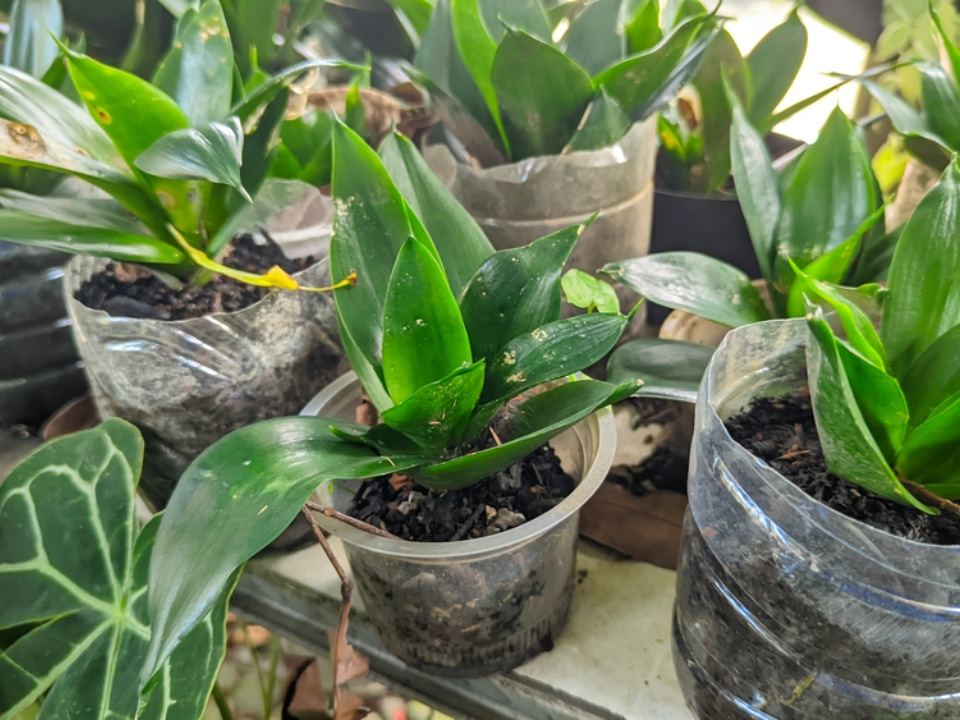
Repurposing containers around the house can be an excellent way to create unique planters without spending extra money. Old jars, cans, baskets, or boxes can be transformed into charming plant holders. These containers are perfect for small spaces and allow you to grow a variety of plants, from flowers to small vegetables.
Using repurposed containers not only saves space but also adds a creative touch to your indoor garden. You can paint or decorate the containers to match your home’s decor. Since these containers are small, they can be placed on windowsills, countertops, or tables, adding greenery to any part of your home.
Hydroponic Systems
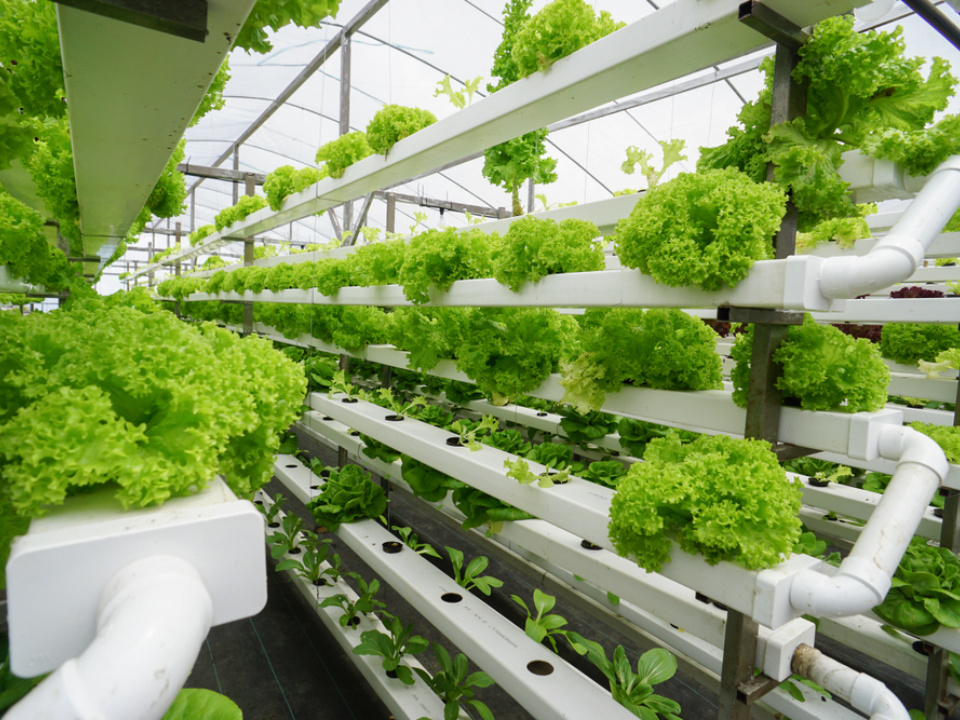
Hydroponic gardening allows you to grow plants without soil, making it ideal for small spaces. This system uses water and a nutrient solution to feed plants, making it highly efficient in terms of space usage. Hydroponics can be set up on a countertop, windowsill, or even in a dedicated space, as it does not require large containers of soil.
This method can be used for growing a variety of plants, including herbs, greens, and small vegetables. Hydroponic systems are easy to maintain and often come in compact, self-contained designs. By using hydroponics, you can have an indoor garden that takes up minimal space while providing fresh, home-grown produce.
Hanging Herb
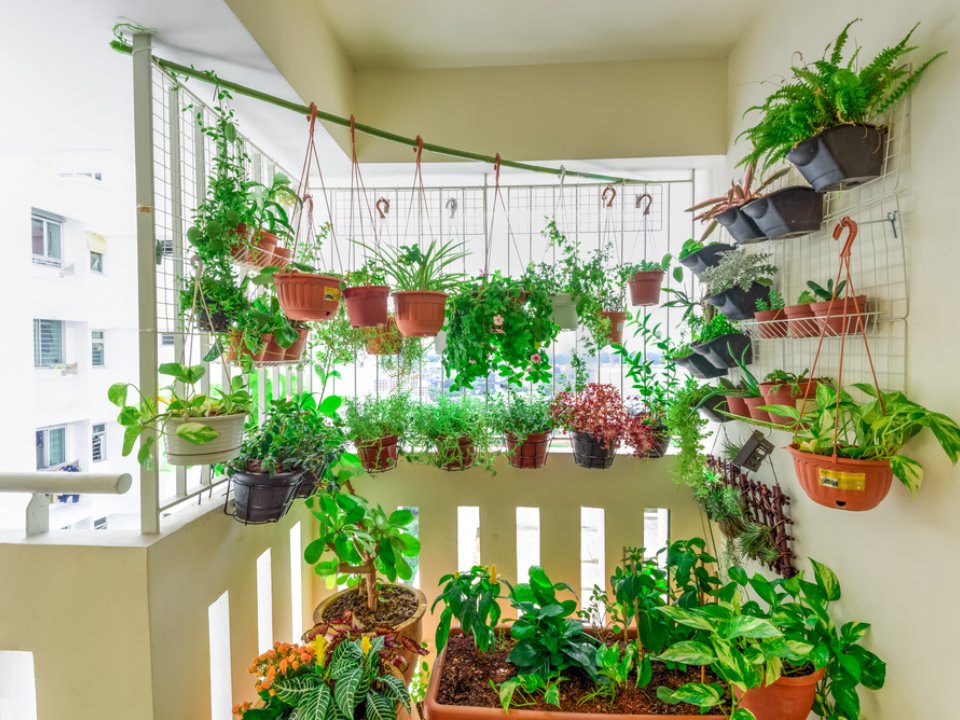
Hanging herb are a unique way to grow herbs in a small space while keeping them easily accessible. By using mason jars or other small containers, you can grow your favorite herbs like basil, cilantro, and mint. These containers can be hung from hooks or placed in a row along a wall, creating a compact and functional indoor garden.
This system is simple to set up and doesn’t require a lot of space. Hanging herb are a perfect option for a small place providing fresh herbs right at your fingertips.
Smart Indoor Garden Systems

Smart indoor garden systems are a modern solution for growing plants in small spaces. These systems often include built-in grow lights, automatic watering, and sensors that monitor plant health. They are compact, self-contained units that can grow herbs, vegetables, or flowers with little effort on your part.
Smart garden systems are perfect for people who do not have a lot of time to dedicate to plant care. The automated features make it easy to maintain your indoor garden, even in tight spaces. Many of these systems are designed to sit on countertops or windowsills, allowing you to grow plants indoors year-round.
Window Box Gardens

Window box gardens are a great way to grow plants in small spaces while adding curb appeal. These boxes can be placed on windowsills, either inside or outside, to hold plants. They are perfect for flowers, herbs, or small vegetables, offering a convenient space to grow plants while benefiting from sunlight.
Window boxes are available in different sizes and materials, allowing you to choose one that fits your style and space needs. They are easy to maintain and can be filled with soil and plants or used as a decorative feature. A window box garden maximizes light exposure for plants while using a space that would otherwise be underutilized.
Self-Watering Planters
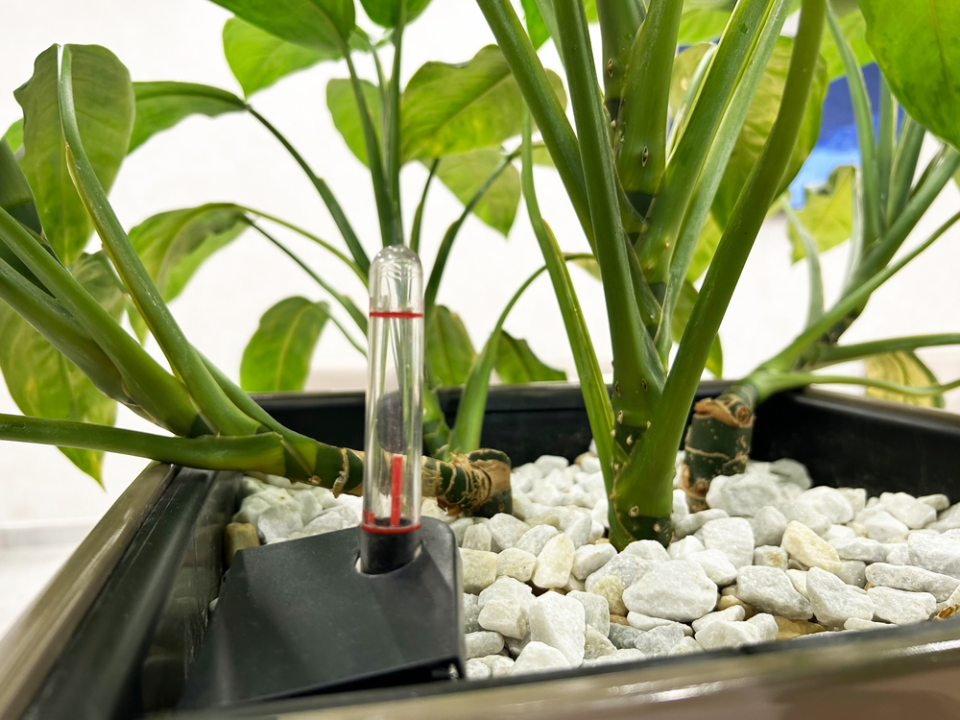
Self-watering planters are a fantastic option for small indoor gardens. These planters come with a built-in water reservoir that slowly releases water to the plant’s roots. This feature ensures that your plants get a consistent supply of water, making it easier to manage your indoor garden without constant attention.
Self-watering planters are ideal for people who may not be home frequently or who forget to water their plants. They come in various sizes, so you can choose one that fits your space and plant needs. This method works well for small herbs, flowers, or vegetables that require regular moisture but do not want to sit in soggy soil.
Small-Scale Greenhouses
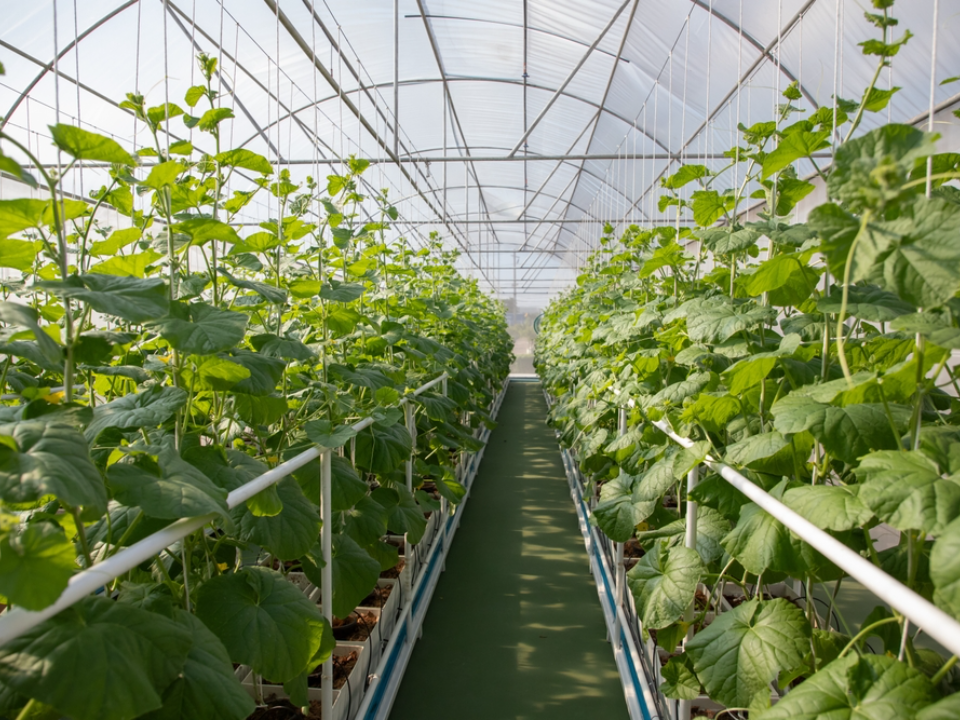
A small-scale greenhouse is a great way to grow plants indoors, especially in areas where the weather is not conducive to outdoor gardening. These mini greenhouses can be placed in a corner or near a window and offer a controlled environment for your plants. They come with clear panels that allow sunlight to reach the plants while maintaining heat and humidity.
These greenhouses are compact and can be used to grow everything from herbs to flowers and even small vegetables. They provide protection from drafts and allow you to extend the growing season for certain plants. Small-scale greenhouses are a great way to start an indoor garden without needing a lot of space.
Mason Jar Herb Garden

Mason jars are perfect for growing small herbs in an indoor garden. These jars can be placed on countertops or windowsills, making them an ideal choice for small spaces. You can grow several herbs in individual jars, such as basil, cilantro, and parsley, providing fresh herbs for your kitchen.
The mason jars are clear, so you can easily monitor the growth of your plants. They do not take up much space, and they are easy to maintain. A mason jar herb garden is a simple and affordable solution for anyone looking to grow their own herbs indoors.
Indoor Plant Ladder

An indoor plant ladder is an attractive and space-efficient way to display plants. This ladder-like structure allows you to place plants on different levels, creating a vertical garden. The tiers can hold several plants, making it easy to organize your collection.
Indoor plant ladders come in various designs and sizes to fit different types of spaces. They can be placed against a wall or in a corner, providing a stylish way to incorporate plants into your home. This solution maximizes space while keeping your plants easily accessible and on display.
This article originally appeared on Avocadu.
